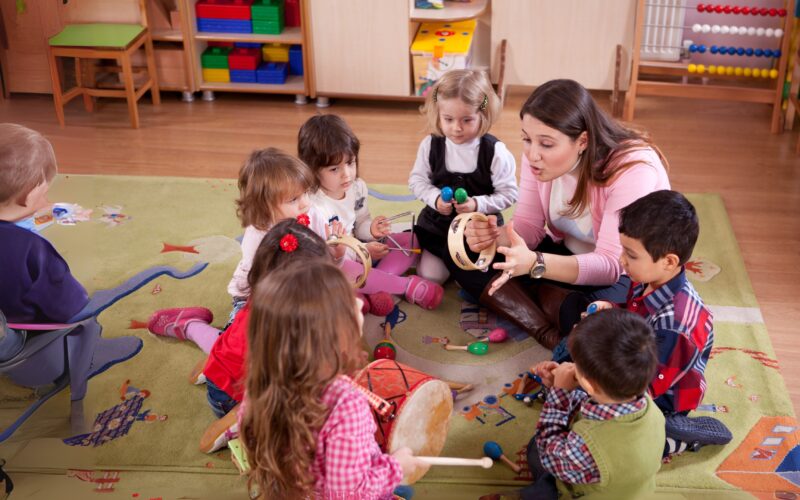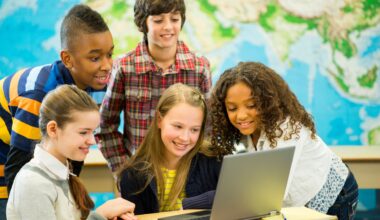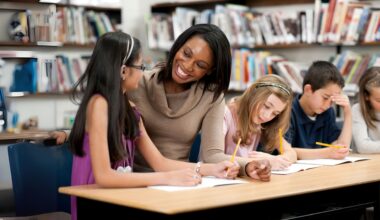In a world where conflict, stress, and division often take center stage, the idea of teaching peace might feel too idealistic—or even impossible. But within school walls, we have one of the best opportunities to plant the seeds of peace early on.
Yes, peace can be taught.
It’s not just about silence or avoiding conflict. Teaching peace means helping students build emotional intelligence, develop empathy, learn how to handle disagreements, and understand their place in a larger community. It’s about giving them the tools to resolve tension, communicate respectfully, and act with compassion.
In this post, we’ll reflect on what it means to teach peace, explore why it’s essential for student wellbeing, and share actionable strategies for embedding peace education into school life.
What Does It Mean to Teach Peace?
Teaching peace doesn’t require a separate subject or a special curriculum. It’s a mindset—a way of approaching relationships, challenges, and learning through the lens of empathy, understanding, and positive communication.
It’s also a practical skillset. Students who are taught how to de-escalate conflict, regulate emotions, and collaborate with others are better prepared for life beyond the classroom.
At its core, teaching peace means helping students:
- Recognize and manage their emotions
- Respect different perspectives
- Solve problems without aggression
- Communicate openly and respectfully
- Build healthy relationships
These are life skills, and schools are one of the best places to start.
Why Peace Education Matters in Schools
The benefits of peace education go far beyond behavior management. Teaching peace supports student mental health, reduces conflict, and improves school climate. It lays the foundation for safer, more connected school communities.
Here’s why it matters:
1. Supports Emotional Regulation
Students who learn how to recognize and name their emotions are better equipped to manage stress, anxiety, and anger. This self-awareness helps them respond thoughtfully—not reactively—when faced with conflict.
2. Reduces Discipline Referrals
Schools that focus on restorative practices and conflict resolution often see fewer behavior issues. When students learn how to talk through problems and repair harm, they’re less likely to resort to physical or verbal outbursts.
3. Builds Stronger Relationships
A peaceful school environment encourages trust, kindness, and empathy. These values help students form stronger bonds with peers and adults alike—making school a place where everyone feels safe and valued.
4. Promotes Academic Success
When students feel emotionally safe and supported, they’re better able to focus, participate, and thrive academically. Peaceful classrooms are often more productive and positive places to learn.
Can Peace Be Measured?
While peace is an abstract concept, its impact can be observed through:
- Fewer classroom disruptions
- Lower suspension or expulsion rates
- Stronger student-teacher relationships
- Improved school climate surveys
- Higher levels of student wellbeing
Tools like Satchel Pulse’s Perceptions and Check-In apps can help schools track these indicators over time—giving insight into how students feel about safety, connection, and emotional support.
Strategies to Teach Peace in Schools
1. Introduce Social-Emotional Learning (SEL)
SEL is at the heart of peace education. It helps students develop skills like self-awareness, empathy, relationship-building, and responsible decision-making.
Daily SEL practices could include:
- Morning check-ins or emotion journaling
- Mindfulness and breathing exercises
- Peer-to-peer mentoring or “kindness challenges”
- Storytelling that explores emotions and conflict
Many schools use programs aligned with CASEL’s SEL framework to teach these skills consistently across grade levels.
2. Model Peaceful Behavior
Students learn just as much by watching as they do from direct instruction. When adults in the school community model respect, patience, and nonviolent communication, students take notice.
This means:
- Handling disagreements calmly in front of students
- Using restorative language instead of punitive tones
- Acknowledging mistakes and repairing relationships openly
3. Use Restorative Practices
Restorative practices focus on repairing harm rather than punishing behavior. They encourage dialogue, accountability, and empathy.
Examples include:
- Restorative circles where students discuss conflict and share feelings
- Mediation between students with guidance from a trusted adult
- Collaborative problem-solving instead of immediate disciplinary action
These practices teach students how to make amends and see things from another’s point of view—both essential for peacebuilding.
4. Create Calm Spaces
Sometimes, students need a break from overstimulation or emotional overwhelm. A Calm Space or Peace Corner allows them to step away, reflect, and reset.
These spaces should be:
- Quiet, safe, and easily accessible
- Equipped with tools for self-regulation (e.g., fidget items, breathing cards, visual timers)
- Used proactively, not as punishment
Satchel Pulse’s Calm Space app supports this concept digitally, guiding students through activities to reduce stress and promote emotional balance.
5. Promote Inclusive Dialogue
Peace education includes giving students opportunities to discuss current events, cultural perspectives, and experiences of injustice in thoughtful, respectful ways.
This might look like:
- Facilitated classroom discussions about identity and difference
- Reflection projects on nonviolence and community action
- Creating ground rules for safe and inclusive conversations
The goal is to help students value different perspectives while developing their own voice.
Real-Life Applications: What Teaching Peace Looks Like
Peace education doesn’t have to be complex. Here’s what it might look like day-to-day:
- A 4th-grade teacher uses a morning circle to ask students how they’re feeling and what kindness means to them today.
- A middle school counselor trains students as peer mediators to help resolve lunchtime conflicts.
- A high school includes peaceful protest history and restorative justice examples in its social studies curriculum.
- A district administrator uses student feedback from climate surveys to implement SEL programming that promotes empathy and inclusion.
These are small steps—but they create lasting impact.
Final Thoughts
Peace isn’t just the absence of conflict. It’s the presence of connection, understanding, and emotional safety.
Teaching peace is one of the most meaningful things a school can do—and it starts with daily habits, intentional conversations, and systems that prioritize emotional wellbeing.
At Satchel Pulse, we believe peace starts with people. Our tools help schools support every student emotionally, monitor school culture, and respond with strategies that make a difference.



